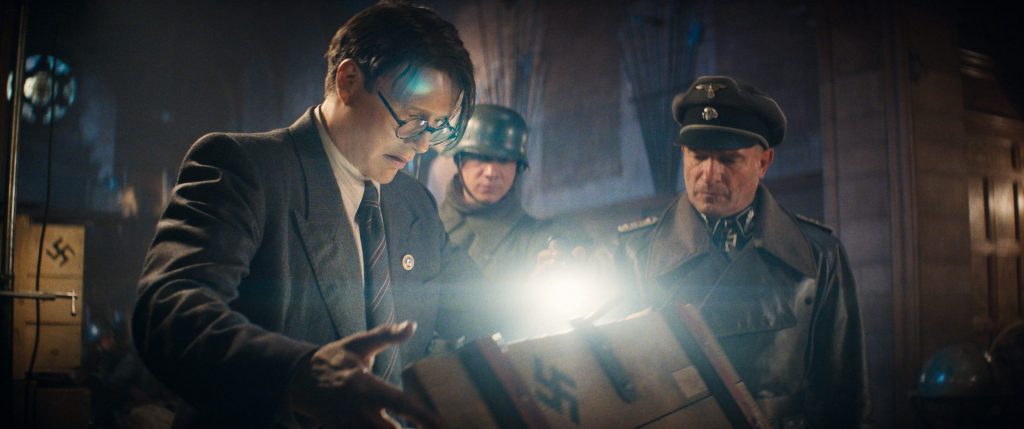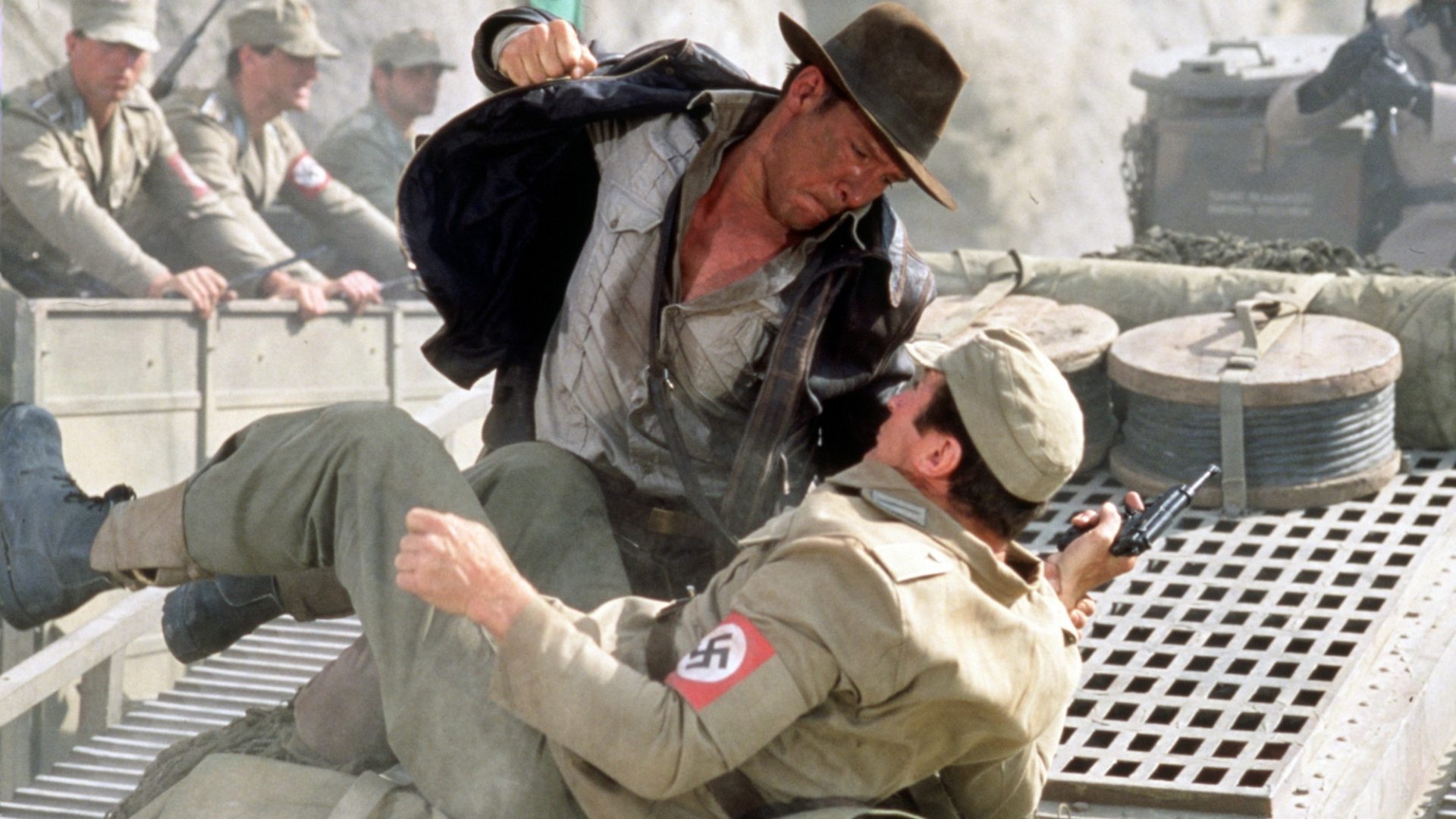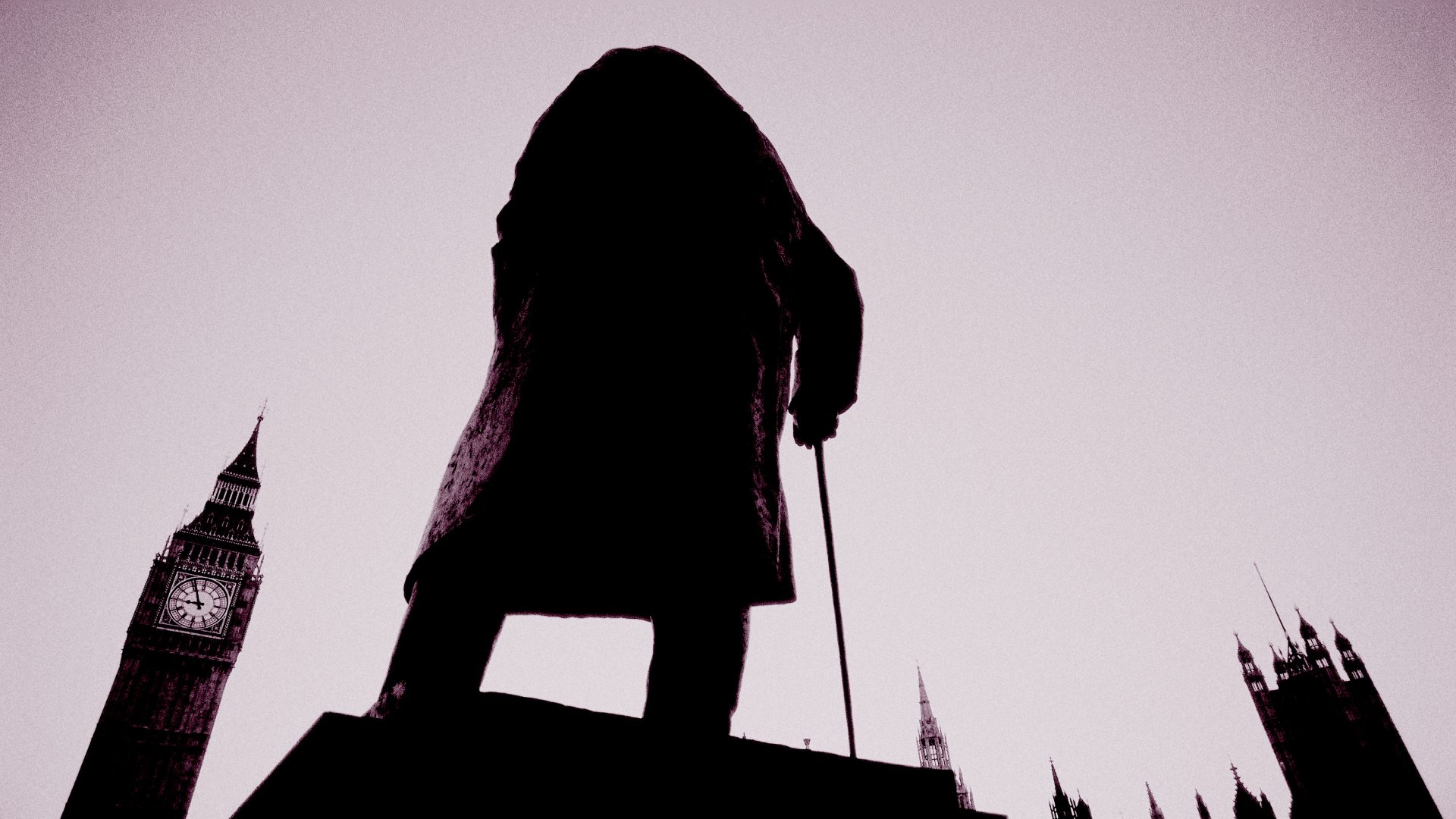The hat is battered, the bullwhip is dusty and, after his last outing, the reputation is dented too. But Indiana Jones is back for a final time and those fans still optimistic after the disappointment of 2008’s Kingdom of the Crystal Skull cling to the fact that an odd-numbered Indy movie is one of the few times you can ever be pleased to see the Nazis turn up.
In the first in the series, 1981’s Raiders of the Lost Ark, Dr Indiana Jones was racing the likes of Gestapo agent Arnold Toht to recover the Ark of the Covenant, the chest containing the Ten Commandments. Eight years later, in part three, Indiana Jones and the Last Crusade, the object of desire was that very old favourite the Holy Grail, and among those on its trail was the double-dealing Dr Elsa Schneider. And in number five, which premiered in Cannes on May 18, the superannuated Indiana Jones is chasing Jürgen Voller in search of a missing piece of the titular Dial of Destiny.
Like the crystal skulls of the unloved fourth film, the dial is based on reality. Discovered in a shipwreck in 1901, the Antikythera mechanism is an ancient Greek device dating back to the first or second century BC that tracked the astronomical positions of planets in order to predict eclipses and other celestial phenomena.
But just as there is no evidence to suggest that the KGB ever went after the skulls in real life, there’s nothing either that shows the Third Reich was particularly interested in what the movie calls the Dial. In fact, once it had been found, the Dial spent nearly five decades sitting idly in Athens’s National Museum of Archaeology. It was only research by the British physicist Derek J. de Solla Price that ultimately revealed its true purpose.
Yet what the first and third Jones movies get right is that there really were Third Reich archaeologists dedicated to finding sacred relics. This Nazi quirk was brought to the attention of Steven Spielberg and George Lucas, the creators of Indiana Jones, by Philip Kaufman, who also co-wrote Raiders. In truth, they were pseudo-archaeologists whose theories were grossly distorted by Nazi ideology. These operatives were empowered and funded by Nazi high command to wander through Europe and Asia, looking for items to prove that Germany was the cradle of civilisation – and, even better, that the Germans were in fact the offspring of a race of Aryan giants, who themselves might have been the original inhabitants of Atlantis.
Barking mad as this sounds, the Nazis dedicated serious resources to their project. It seems that Hitler was shamed by the thought that “while our ancestors were making these vessels out of stone and clay, over which our archaeologists rave, the Greeks had already built the Acropolis.”
The Nazis funded expeditions to Tibet and the Middle East, as well as digs closer to home in search of early Germanic cave paintings and Aryan versions of the Bayeux Tapestry.
The Amt Rosenberg was a powerful Nazi cultural policy and surveillance unit headed by the ideologist Alfred Rosenberg along with the archaeologist Hans Reinerth. While they were busy looting antiquities, they also dabbled in the hunt for Atlantis. As well as this, the Ahnenerbe research society which was founded by Himmler and the historian Hermann Wirth, promoted the belief that the Germans were direct descendants of Aryans who had abandoned Atlantis before its destruction.
Created in 1935 to promote the racial doctrines of both the Fuhrer and the party, the Ahnenerbe (“Ancestral Heritage”) organisation was in fact an appendage of the SS. Hitler was convinced that it was the Aryans who had made the great civilisational breakthroughs in science, art and agriculture, which historians had incorrectly ascribed to other, lesser cultures. It was the Ahnenerbe’s job to find “evidence” that the rest of the world was wrong and the Nazis were right.
As a man obsessed with myths and the occult, Himmler was just the right person to occupy the head office at the Ahnenerbe. It was in this capacity that Himmler formed a close relationship with Otto Rahn, a charismatic archaeologist who’d dedicated his life to locating the Holy Grail. Himmler was similarly obsessed with the Grail story, and had created a special “Grail room” at an SS base in a Westphalian castle, where he put a rock crystal in the place where he felt sure the Grail itself would soon sit.
Rahn, Himmler and the Grail are three subjects that have long interested Richard Stanley, the South African film director and modern-day Grail scholar. “For me, Otto Rahn was the original man in black, the spook in the black fedora and black coat,” explains the man who made films including Hardware and Color Out Of Space.
“Trying to penetrate who Rahn really was is tricky. What we do know is that, at school, he loved the Arthurian myths, in particular the story of Parsifal, who dedicates his life to finding the Holy Grail. After he left school, Rahn became increasingly obsessed with discovering the Grail; the mythical object that could make him whole again, which would heal the wounded and ease the world’s pain; the lost link between man and God.”

Inspired by Heinrich Schliemann, the German archaeologist who’d discovered the long-thought-mythical city of Troy in the 1870s using Homer’s epic poems as a road map, Rahn grew convinced that the Arthurian myths might likewise guide him to the Grail. Might, for example, the ruined fortress of Montségur in the French Pyrenees actually be the castle of Montsalvat where Parsifal’s quest concludes? And what of the Cathars, the heretical sect who made their last stand at Montségur and who’d spirited a treasure thought by some to be the cup of Christ away from the castle shortly before it fell to the Church of Rome?
It’s all good, exciting stuff and it completely took over Rahn’s imagination. Hoping that a book about what he’d discovered might provide funds for further exploration, Rahn penned The Crusade Against The Grail in 1933. Rather than filling his depleted coffers, the tome caught the attention of the Nazi high command. So it was that Otto Rahn was summoned to Berlin in 1935 for a meeting with his number one fan, Heinrich Himmler.
“At least initially, we can imagine Otto Rahn and Heinrich Himmler being on the same page,” explains Stanley who, in addition to his other credits, is also the author of Shadow Of The Grail – Magic And Mystery At Montsegur. “I think that both men dreamed of overthrowing Christianity as we know it and creating a new European religion which drew on the myths of their ancestors and the return of the old gods.”
The Ahnenerbe and its founder had grown increasingly disdainful towards the Christian faith – the Old and New Testaments were just too Jewish for the Nazis. Before he was anything else, Jesus was king of the Jews and no matter how scholars tried to fudge things – Rosenberg suggested that Christ may in fact have been an Aryan all along – there was simply no room in Nazi ideology for a prominent Jewish figure.
As traditional Christianity was to be phased out, so the Nazis sought to usher in a new belief, inspired by ancient northern European myth. Himmler had been quick to adopt ideas and imagery that wasn’t associated with the Abrahamic faiths. The Ahnenerbe adopted a runic logo, while the SS “lightning bolt” insignia – devised by the Austrian occultist Guido von List – has an obvious association with Thor, the Norse god worshipped by Germanic pagans. German archaeologists had discovered pendants showing Mjolnir, the Thunder God’s hammer, dating back to the time of the Vikings. Now insignia inspired by these finds would adorn Nazi uniforms.
There’s even a theory that the swastika is a stylised depiction of Thor’s hammer in action; the crooked ‘arms’ of the symbol representing radiating lightning bolts. An idea put forward by the eminent Hilda Ellis Davidson, it’s by no means widely agreed upon. In a letter to the Ahnenerbe, Heinrich Himmler said of Thor’s hammer, “It’s an early, highly developed war weapon of our forefathers!”
Further to describing Mjolnir so, Himmler insisted the Ahnenerbe “find all places in the northern Germanic Aryan cultural world where an understanding of the lightning bolt, the thunderbolt, Thor’s hammer, or the flying or thrown hammer, exists”. So it was that the body’s best and brightest visited Poland, Norway, Denmark, Iceland and assorted neighbouring territories in the vain hope of properly identifying Thor’s “children”.
And what of the man who had first fired Himmler’s imagination? Alas, Otto Rahn’s time in Himmler’s good graces proved short. As Richard Stanley writes, “The truth of the matter is that Rahn had Jewish blood through his mother. A second problem was that he was gay.”
Compromised by his situation and his inability to locate the Grail, Rahn’s punishment took the form of a stint guarding a concentration camp. Chastened by what he saw there, he resigned from the SS in 1939. Shortly afterwards he was found on an Austrian mountainside, frozen to death.
Though Rahn had long been surplus to requirements, Himmler’s enthusiasm for the Grail and its discovery never abated. Indeed, in 1940, he personally travelled to Catalonia only to leave a remote abbey in Montserrat empty-handed.
In the end, nothing came of the quests for the Holy Grail, the Hammer Of Thor or the spear used to pierce the flank of the crucified Christ, which Himmler had it on good authority could be retrieved from a church in Austria. In the scheme of things, the Ahnenerbe and its activities was a folly trading in pseudo-history. And yet these myths persist. Today, representations of Mjolnir and other runic designs remain popular with modern far right groups for whom the swastika is just way too attention-grabbing.
Which brings us back to why the makers of Indiana Jones and the Dial of Destiny decided to bring back villainous Nazis one more time.
“They’re as much a part of the character of Indiana Jones as every other element we’re familiar with,” says the film’s director, James Mangold. “But also I think there are a million ways it’s just relevant even to our world today, whether they’re called one thing or another, these things don’t die away. These groups have kind of dreams of order and of the old days and are trying to return to them. So I felt like it was both familiar and relevant.”



